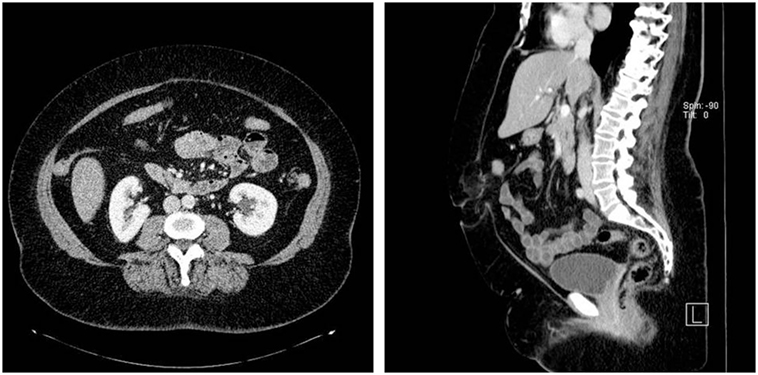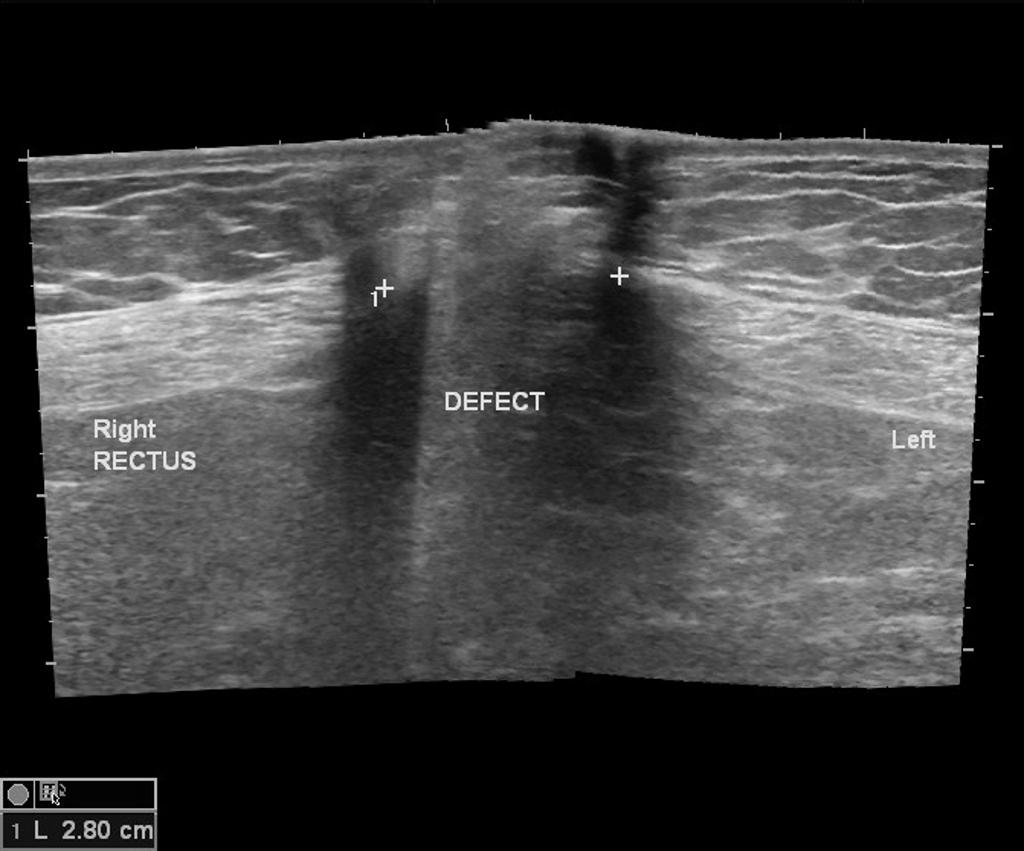An umbilical hernia, often abbreviated as UH, is a common medical condition that occurs when part of the intestine or fatty tissue protrudes through a weak spot in the abdominal muscles near the belly button. While this condition is most frequently seen in infants, it can also affect adults. Understanding the causes, symptoms, diagnosis, and treatment options for an umbilical hernia is essential for managing the condition effectively.

What Is an Umbilical Hernia?
An umbilical hernia develops when the abdominal wall does not close completely after birth, leaving a small opening near the navel. In infants, this opening allows tissue from inside the abdomen to push through, creating a noticeable bulge. In adults, the condition typically arises due to increased pressure on the abdominal wall, which forces tissue through weakened areas near the belly button.
Common Causes of Umbilical Hernia
The causes of an umbilical hernia vary depending on age and other factors. Below are some of the primary causes:
- In Infants: During fetal development, the intestines develop outside the abdomen before moving inside. If the abdominal muscles do not fully close afterward, an umbilical hernia may form.
- In Adults: Increased pressure on the abdominal wall is the main cause. Factors contributing to this include:
- Obesity
- Pregnancy
- Frequent heavy lifting
- Chronic coughing
- Fluid accumulation in the abdomen (ascites)
- Surgery or injury to the abdominal area
Symptoms of an Umbilical Hernia
The symptoms of an umbilical hernia differ between infants and adults. Recognizing these signs is crucial for seeking timely medical attention.
Symptoms in Infants
- A soft, bulging area near the belly button that becomes more prominent when the baby cries, coughs, or strains.
- The bulge may disappear when the baby lies down or relaxes.
- Most infants with an umbilical hernia do not experience pain or discomfort.
Symptoms in Adults
- A noticeable bulge near the belly button that may grow over time.
- Discomfort or pain, especially when lifting heavy objects, standing for long periods, or straining.
- A feeling of pressure or fullness in the abdomen.
- In severe cases, nausea, vomiting, or constipation may occur if the hernia becomes trapped or strangulated.
Diagnosing an Umbilical Hernia
Diagnosing an umbilical hernia typically involves a physical examination and, in some cases, additional tests to rule out complications.
Physical Examination
A healthcare provider will examine the area around the belly button to check for a bulge. They may ask the patient to stand, lie down, or perform actions like coughing to observe changes in the size or shape of the bulge.
Additional Tests
If there is any concern about complications, such as a trapped or strangulated hernia, the doctor may order imaging tests, including:
- Ultrasound: This non-invasive test uses sound waves to create images of the abdominal area, helping to confirm the presence of a hernia.
- CT Scan: A computed tomography scan provides detailed images of the abdominal structures, useful for assessing the severity of the hernia.
- MRI: Magnetic resonance imaging may be used in complex cases to get a clearer picture of the affected area.
Treatment Options for an Umbilical Hernia
The treatment for an umbilical hernia depends on the age of the patient, the size of the hernia, and whether complications are present. In many cases, especially in infants, the condition resolves on its own without intervention. However, surgical repair may be necessary in certain situations.
Non-Surgical Management
For infants, watchful waiting is often recommended because most umbilical hernias close naturally by the time the child reaches three to four years of age. Parents are advised to monitor the bulge and seek medical attention if it becomes painful, discolored, or swollen.
In adults, lifestyle modifications may help manage symptoms and reduce the risk of complications:
- Maintain a healthy weight to reduce pressure on the abdominal wall.
- Avoid heavy lifting or activities that strain the abdomen.
- Treat underlying conditions, such as chronic cough or constipation, that contribute to increased abdominal pressure.
Surgical Repair
Surgical intervention is typically recommended for adults with persistent or symptomatic umbilical hernias, as well as for infants whose hernias do not close by the age of four or show signs of complications.
Types of Surgery
There are two main types of surgical procedures used to repair an umbilical hernia:
- Open Hernia Repair: This procedure involves making an incision near the belly button to push the protruding tissue back into the abdomen and reinforce the abdominal wall with stitches or mesh.
- Laparoscopic Surgery: A minimally invasive approach that uses small incisions and specialized instruments to repair the hernia. This method often results in less pain and a quicker recovery compared to open surgery.
Risks and Recovery
As with any surgery, there are risks associated with hernia repair, including infection, bleeding, and recurrence of the hernia. However, these complications are rare when the procedure is performed by an experienced surgeon.
Recovery time varies depending on the type of surgery and the patient’s overall health. Most patients can resume light activities within a few weeks, but strenuous activities should be avoided for several weeks to allow proper healing.
When to Seek Immediate Medical Attention
While many umbilical hernias are not life-threatening, certain symptoms indicate a medical emergency. These include:
- Severe pain or tenderness at the site of the hernia.
- A bulge that becomes hard, discolored, or cannot be pushed back into the abdomen.
- Nausea, vomiting, or inability to pass stool or gas.
If any of these symptoms occur, it is important to seek immediate medical care, as they may indicate a strangulated hernia, which requires urgent surgical intervention.
Preventing an Umbilical Hernia
While not all umbilical hernias can be prevented, certain measures can reduce the risk of developing one, particularly in adults:
- Maintain a healthy weight through a balanced diet and regular exercise.
- Avoid excessive straining during bowel movements by staying hydrated and consuming fiber-rich foods.
- Use proper techniques when lifting heavy objects to avoid putting undue pressure on the abdomen.
- Seek treatment for chronic conditions, such as coughing or constipation, that increase abdominal pressure.
Living with an Umbilical Hernia
For individuals living with an umbilical hernia, understanding how to manage symptoms and prevent complications is key to maintaining quality of life. Regular follow-ups with a healthcare provider ensure that the condition is monitored closely and any changes are addressed promptly.
By staying informed about the causes, symptoms, diagnosis, and treatment options for an umbilical hernia, patients and caregivers can make educated decisions about their health and well-being.





